The next room is ‘A Temple of Friendship’.
The celebration of friendship was not the original achievement of the Romantic Age. With the increased value placed on close relationships, the portrait acquired a new meaning already during the Enlightenment: More than its sitters’ social position it should visualize their personality. While portrait painting had long been given a low status in the hierarchy of genres, the era of reason and feeling sought to discover a person’s character in their face. Portraiture was no longer the preserve of the nobility. Entirely in keeping with the era’s pronounced cult of friendship, the poet Johann Wilhelm Ludwig Gleim, for example, in a Temple of Friendship, assembled around himself closely hung portraits, as if to have the cherished people always nearby.
In the work of Anton Graff, probably the most famous portraitist of the late 18th century, the portraits came alive. Rather than medals, draperies, and rich garments, Graff concentrated on the characteristic expression of the person opposite him, on an alert, direct gaze, fresh skin tones, a characteristic particularity. In so doing, he did not distinguish between aristocracy, middle class, or artist, he gave everyone he portrayed an individual expression that can still be grasped today, and he gave the period a face. In addition to Graff’s outstanding works, included here as well are portraits of other people whom Goethe met and with whom he was friends.
Objects in the room
-
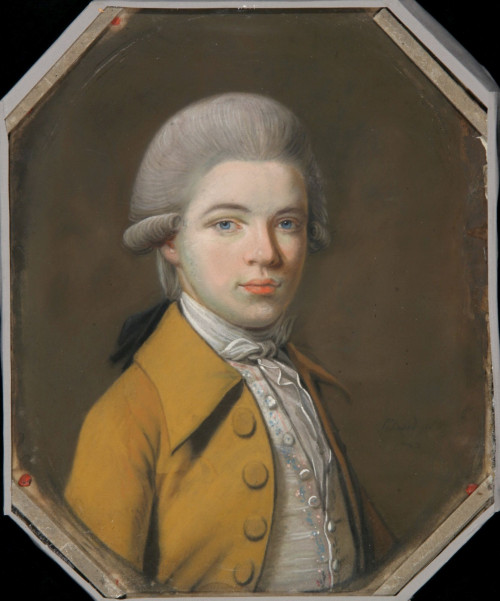
Johann Heinrich Schmidt
ALEXANDER VON HUMBOLDT
1784, pastel on parchment
-
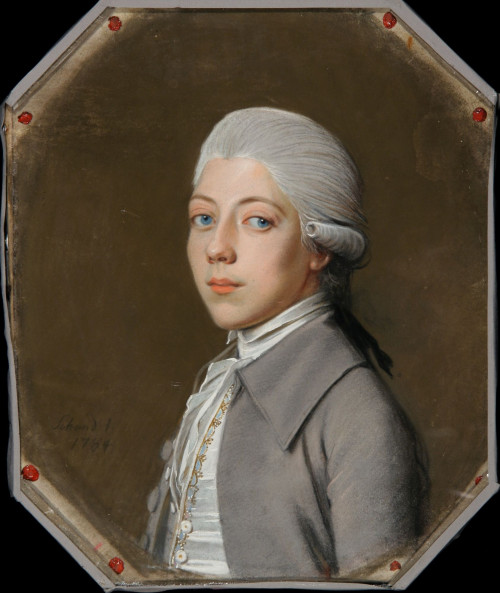
Johann Heinrich Schmidt
WILHELM VON HUMBOLDT
1784, pastel on parchment
-
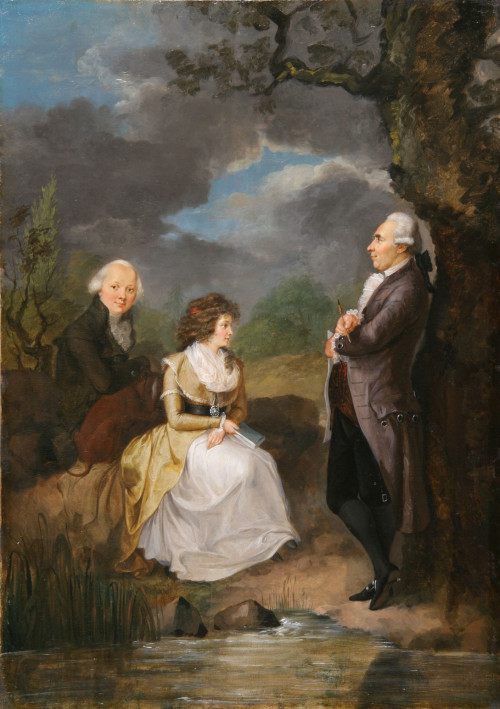
Peter Eduard Ströhling
MAXIMILIANE BRENTANO GEB. VON LA ROCHE, JOHANN GEORG HEYDER UND CHRISTIAN VON MECHEL
1792, oil on wood
-

Johann Heinrich Lips
JOHANN CASPAR LAVATER
Around 1786/96, oil on cardboard
-
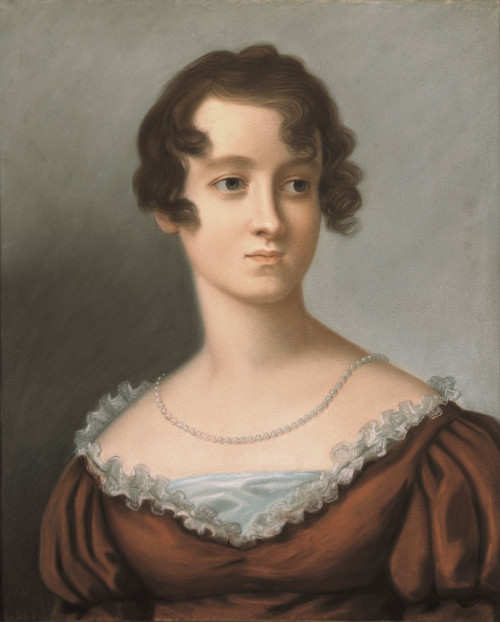
Jacob Wilhelm Christian Roux
CAROLINE LUISE PRINZESSIN VON SACHSEN- WEIMAR-EISENACH
1808, pastel
-
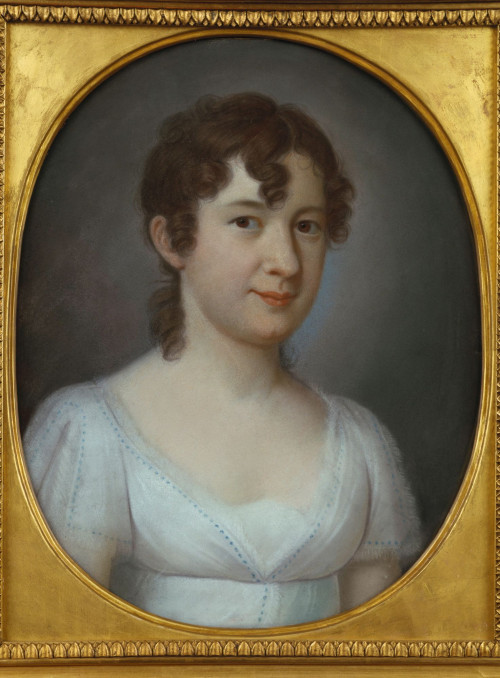
Johann Jacob de Lose
MARIANE JUNG, SPÄTERE VON WILLEMER
1809, pastel